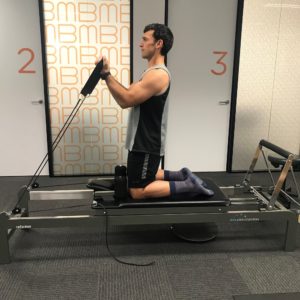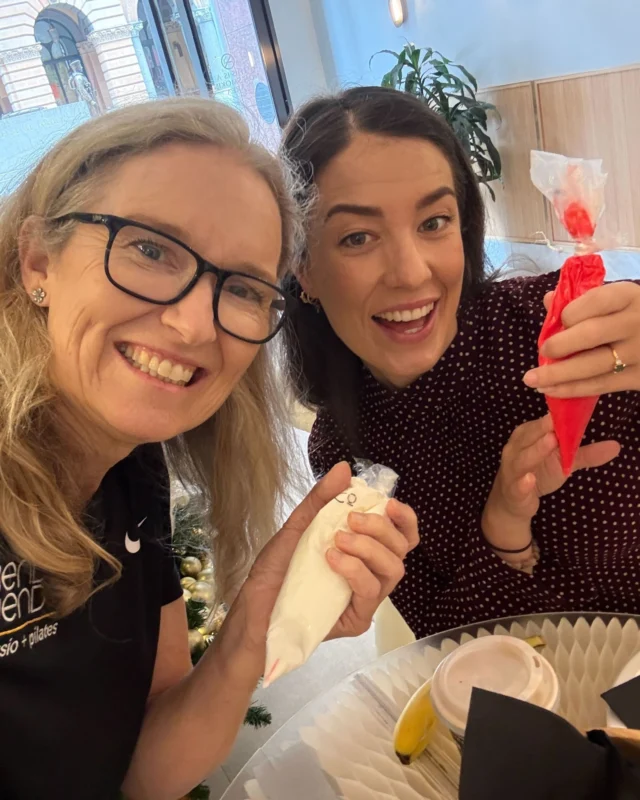A recent Randomised Control Trial (RCT) has highlighted the significance of exercise on reduction of low back pain for male long term sufferers. Exercise has long been associated with the reduction of low back pain and, combined with the mental health benefits, gives chronic back pain sufferers a greater overall quality of life.
So which modalities or types of exercise were investigated in this study you ask? Pilates, of course!
The trial compared three groups of male chronic low back pain sufferers. A Pilates group who were assigned three 1 hour pilates-based exercise sessions per week. The second intervention group practiced the Mackenzie method and exercised for 1 hour per day, every day. Thirdly, a control group who did not have any exercise intervention.
The Mackenzie method is a well known back treatment modality used to help treat pain. It is an approach designed to improve strength while mobilising the lumbar spine through a combination of flexion and extension exercises. These exercises are tailored to the patient’s pain response to help reduce pain symptoms. The effectiveness of the Mackenzie approach to treating back pain is unquestionable.
When comparing the Pilates intervention group to the Mackenzie group the results are equally as effective in reducing long term back pain. In fact the nature of this trial showed three Pilates sessions per week had as favourable results as a daily Mackenzie exercise session, in as little as 6 weeks!
The findings of this study are important as we have long held the belief that exercise is a key contributor to the overall management of long term back pain. Furthermore it highlights how important Pilates is as an effective modality in managing pain specifically in males. Combine this with the added benefits Pilates offers such as better sleep, less fatigue, stress and nervousness. The controlled nature of Pilates exercises suits many long term sufferers as there are less jumping and leaping movements, and more standing, sitting and lying exercises that mimic functional positions experienced in the usual day.
The findings of this study highlight the benefits in the two intervention groups as there is a renewed shift from pharmacological intervention, like paracetamol and anti-inflammatories in managing pain, towards body movement approaches. The side effects alone are a key contributor to the reason GP’s are now favouring exercise intervention.
If you would like to know more about how Pilates can help your back pain come in and see one of our highly skilled Physiotherapists for an Initial Assessment. We use Pilates equipment at both our Martin Place and Circular Quay locations.
Reference:






